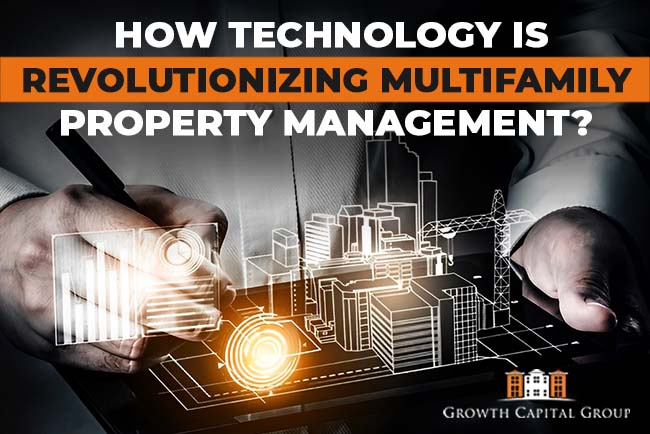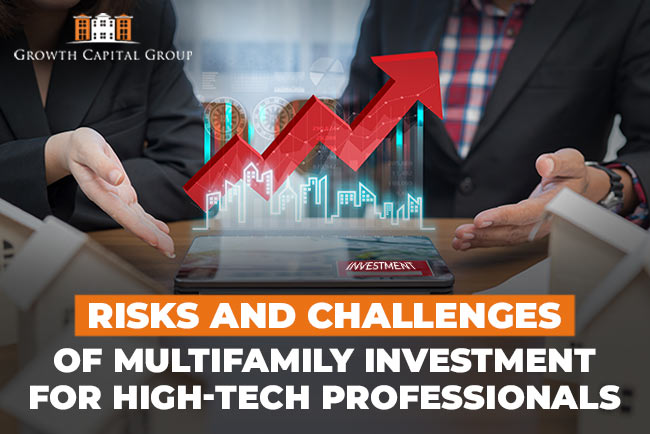Introduction
Economic recessions are inevitable, and passive real estate investors should be prepared to protect their assets during such turbulent times. With the right strategies, investors can weather the storm and emerge stronger. In this article, we will discuss the steps passive real estate investors can take to safeguard their investments during a recession.
How to Safeguard Your Passive Real Estate Investments Amidst Economic Uncertainty?
- Diversify your investment portfolio
One of the best ways to mitigate risk during a recession is by diversifying your investment portfolio. Passive real estate investors should consider investing in different asset classes, including stocks, bonds, and other sectors. This diversification will help reduce the impact of any single investment underperforming during a financial downturn. It is also wise to diversify geographically, reducing the risk of regional economic issues affecting your entire portfolio.
- Focus on cash flow
Investing in cash flow favorable properties is essential during a recession. Prioritize properties that generate stable rental income, as these can provide a cushion during economic downturns. This consistent cash flow helps cover expenses, mortgage payments, and property maintenance, ensuring you can keep your investments afloat during challenging times.
- Maintain a substantial reserve fund
A healthy reserve fund is another critical aspect of protecting your passive real estate investments during a recession. This fund should cover at least six months of expenses, including mortgage payments, property taxes, insurance, and maintenance costs. A robust reserve fund provides a safety net during financial stress, allowing you to avoid making rash decisions and selling your investments at a loss.
- Keep an eye on property management
Property management plays a crucial role in safeguarding your investments during a recession. Ensure that your property managers proactively address tenant concerns, maintain occupancy rates, and minimize vacancies. An efficient property management team can make all the difference in weathering the storm and protecting your assets during tough economic times.
- Reevaluate your investment strategy
As the economic landscape shifts, it’s essential to reevaluate your investment strategy. This may involve adjusting your long-term goals, reallocating resources, and exploring new investment opportunities. Stay informed about market trends and be prepared to change your strategy. A flexible approach will help you navigate the challenges of a recession and emerge stronger on the other side.
- Refinance your mortgage
Refinancing can be a smart move during a recession if you have a mortgage on your passive real estate investments. With interest rates likely to be lower, refinancing can help reduce your monthly mortgage payments, providing additional financial flexibility. This can free up cash flow, allowing you to maintain your properties and make necessary improvements during a downturn.
- Network with other investors
During a recession, staying connected with other real estate investors is essential. Networking allows you to share insights, learn from others’ experiences, and discover new opportunities. Attend industry events, join real estate investment groups, and engage with your peers on social media platforms. This support network can help you adapt to changing market conditions and protect your investments during a recession.
Conclusion
While economic downturns can be challenging for any investor, passive real estate investors can take several steps to protect their assets. By diversifying your portfolio, focusing on cash flow, maintaining a substantial reserve fund, and staying flexible with your strategy, you can safeguard your investments and come out stronger on the other side of a recession. Remember, the best defense is a good offense – be proactive in preparing your assets for the future.
Take control of your investments today and navigate economic uncertainty with confidence. Start safeguarding your passive real estate investments. Get in touch with us.










